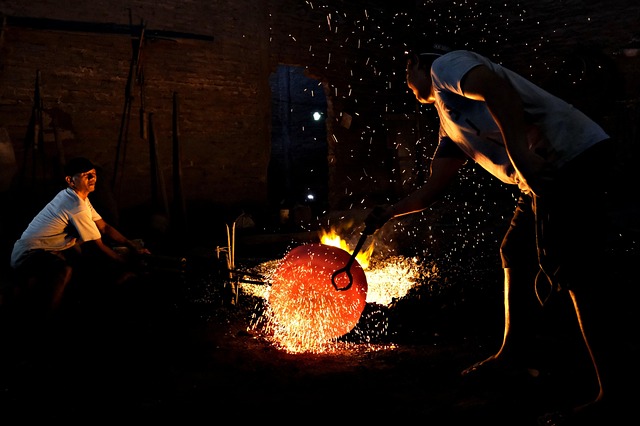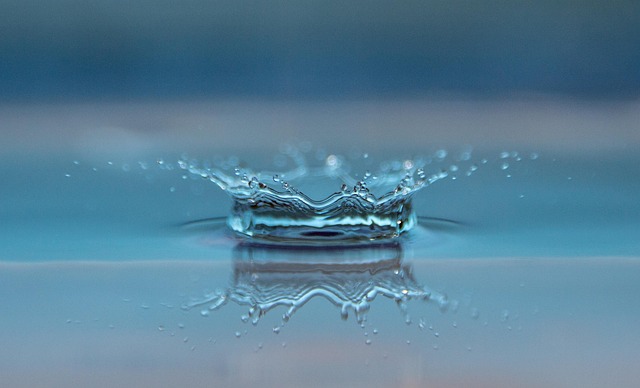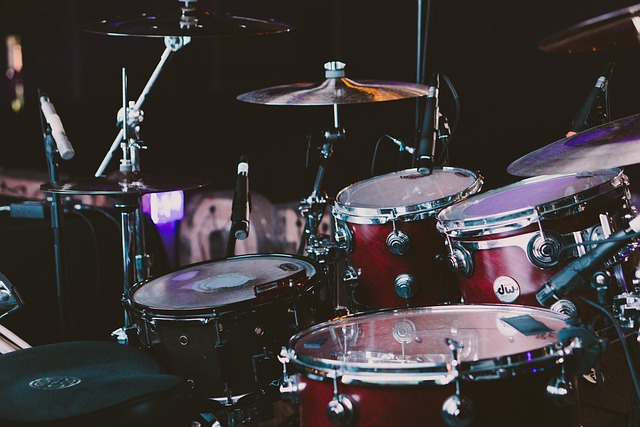Forging Creativity: Exploring the Art and Design of Foundries in Sculpture
When we think of sculpture, we often envision the final product standing majestically in a gallery or an open park, an embodiment of the artist’s vision and skill. However, to truly appreciate the artistry behind these breathtaking pieces, we must delve into the world of foundries, where raw materials are transformed into extraordinary works of art through the marriage of art and design.
Foundries operate at the intersection of imagination and engineering. Here, molten metal flows like a river, ready to be shaped into forms that evoke emotions and provoke thought. The concept of a foundry is not just about metal casting; it is an intricate dance of creativity, technology, and craftsmanship. Artists collaborate with skilled artisans, combining their visions with the technical knowledge of mold-making and metalworking – a fusion that breathes life into static materials.
The design process begins long before the first drop of molten metal is poured. It starts with sketches, maquettes, and digital renderings, where artists lay the foundation for their sculptural intentions. This phase is a whirlwind of inspiration, filled with the vital energy of brainstorming and iteration, and it is right here that the foundry plays its crucial role. The metamorphosis from concept to tangible form is facilitated by the foundry’s expertise in material properties and casting techniques, making it a vital partner in sculptural creation.
One of the most exciting aspects of foundries in sculpture is the wide variety of materials that can be used. While bronze is the traditional choice, contemporary artists are experimenting with aluminum, resin, and even glass. Each material possesses unique qualities that can drastically alter the final aesthetic and emotional impact of a sculpture. As each cast solidifies and cools, a dialogue begins between the artist’s intent and the inherent character of the material, leading to unexpected outcomes that can surprise even the creator.
Moreover, the foundry itself becomes a sanctum of innovation. Here, ideas are forged and refined, leading to avant-garde techniques such as lost-wax casting, sand molding, and 3D printing. These methods not only push the boundaries of traditional sculpting but also provide new avenues for artists to express their creativity. Visiting a foundry can be like stepping into a silent symphony, where every clang of metal, hiss of steam, and burst of light signals the birth of something profound.
As the world of sculpture continues to evolve, the role of the foundry remains pivotal. It is a space where art and design converge, breathing life into creative visions that might otherwise remain unfulfilled. Artists stepping into a foundry are not just looking for a manufacturer; they are seeking a collaborative partner that understands the soul of their work. It is this partnership that paves the way for innovation, encouraging artists to take risks and explore uncharted territories in their sculptural practice.
In summary, the journey of sculptural creation through the foundry is an exploration of artistic expression and craftsmanship that resonates deeply with those who appreciate the nuances of art and design. It is a testament to the power of collaboration and the relentless quest for creativity, reminding us all that behind every sculpture lies a story waiting to be told.




